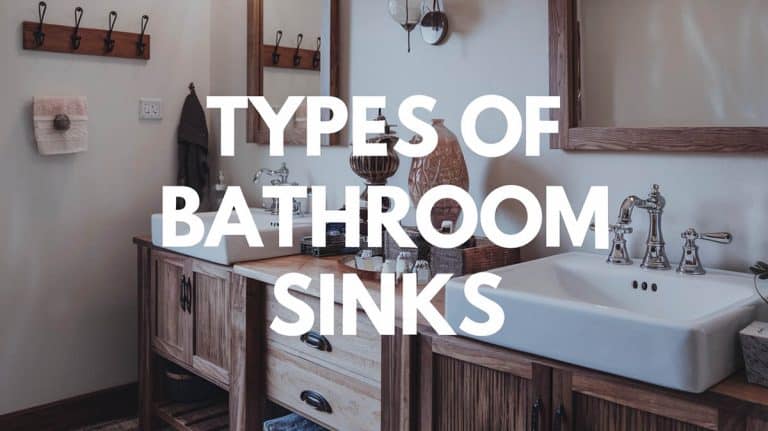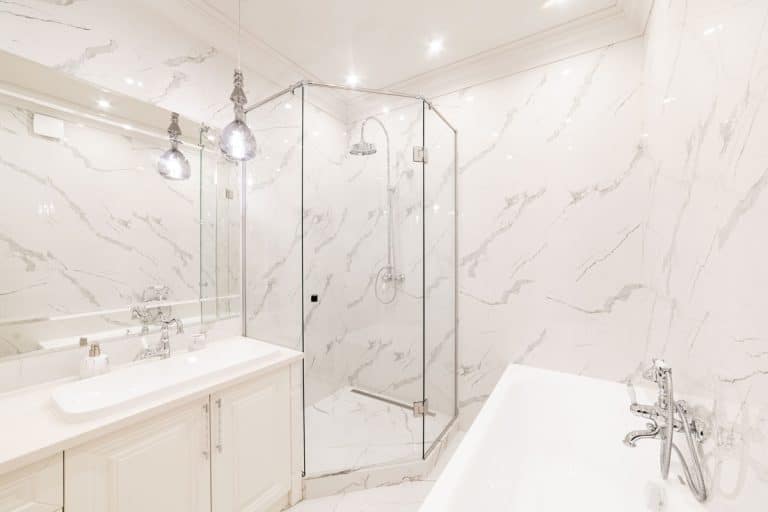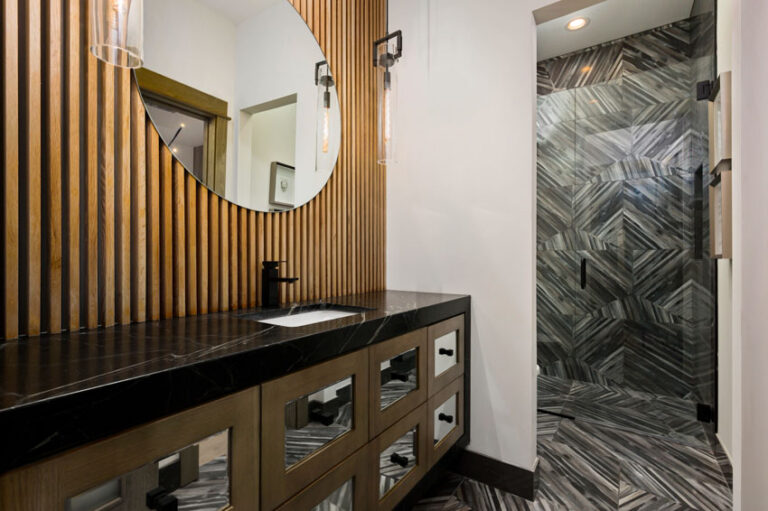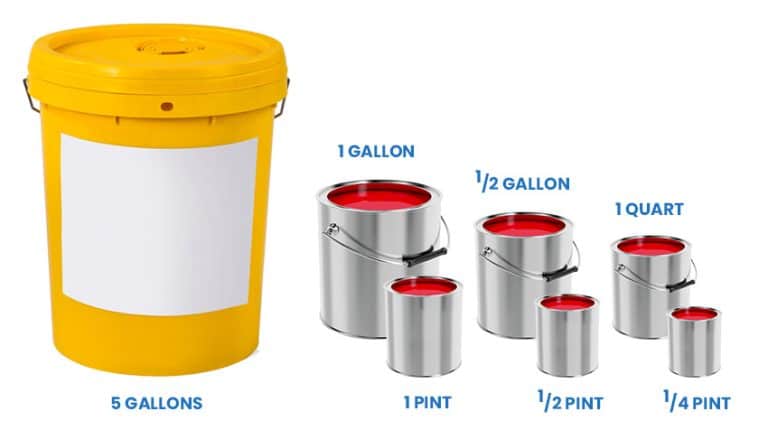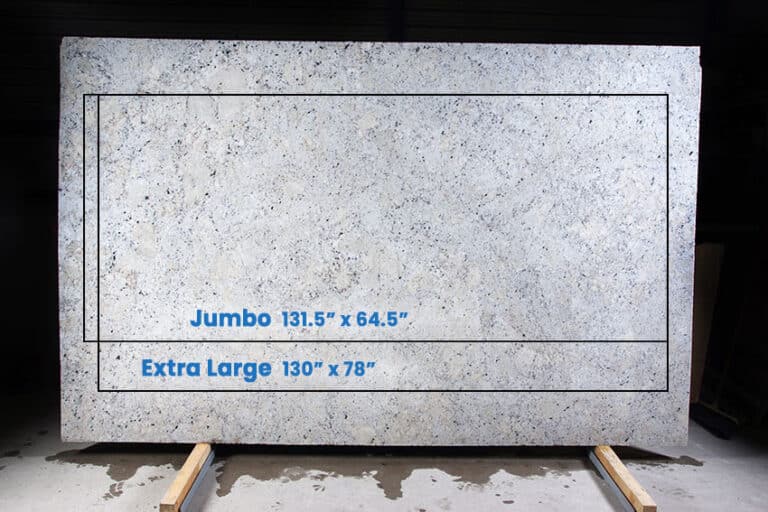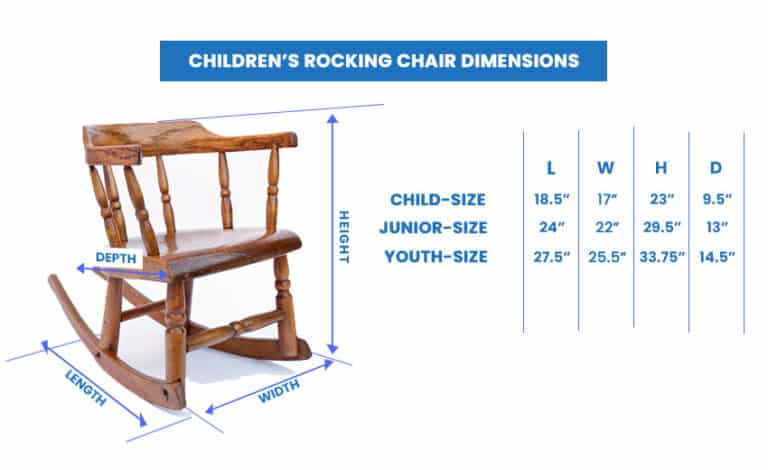What Are The Standard Bathroom Sizes For Your Home?

American homeowners have an undeniable obsession with bathrooms. With the average residential property measuring approximately 2,301 square feet, most homes in the US are equipped with two full bathrooms. So, how big are the bathrooms? These room sizes vary. They can be as small as 12 square feet or as large as a one-bedroom apartment. The latter is found in luxury properties.
Ultimately, your property’s size and the intended room layout dictate how big your floor plan should be. A bathroom’s layout is either a full, three-quarters, half, or quarter design. Fitting your home with several mixes of bathroom sizes and layouts gives convenience to the guests and homeowner. It also increases the value of your property.
Average Bathroom Size
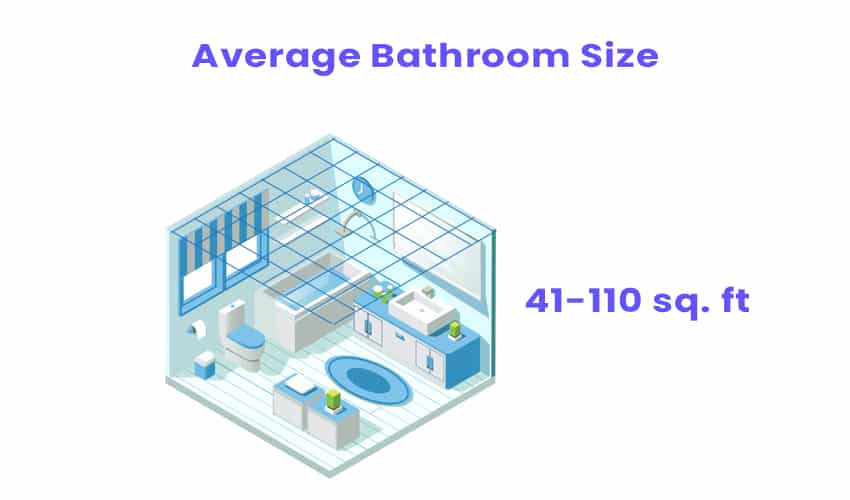
Bathrooms with complete plumbing fixtures average from 41 to 110 square feet. Of course, the bigger your home, the larger your floor plan will be. An average full bathroom has a bathtub, a shower, a sink, and a toilet, as well as storage space for towels and toiletries. Some opt for the bathtub-shower combo to save space.
Minimum Bathroom Size
So, how small can you go with a bathroom? The answer to this is mainly determined by the room’s layout as well as the overall dimensions of your house. The minimum size for a full bathroom with four main plumbing fixtures is 36 to 40 square feet. The bare minimum for a quarter bathroom is 12 square feet. However, this would offer extremely tight clearances. The minimum size of a half bath is 18 square feet.
Master Bathroom Dimensions

The master, or primary, is a large full bathroom attached to the main bedroom and can typically be used by two people simultaneously. Just as the master bedroom is the largest in the house, the master bathroom is also the biggest in your residence.
A master bathroom can be as small as 40 square feet or as big as 150 square feet and beyond. Again, the size will depend on your master bedroom’s total space. A luxury master suite bath design can fit elements like double walk-in showers, a seating area, a connected walk-in closet, and bay view windows, to name a few.
Average Master Bathroom Measurements
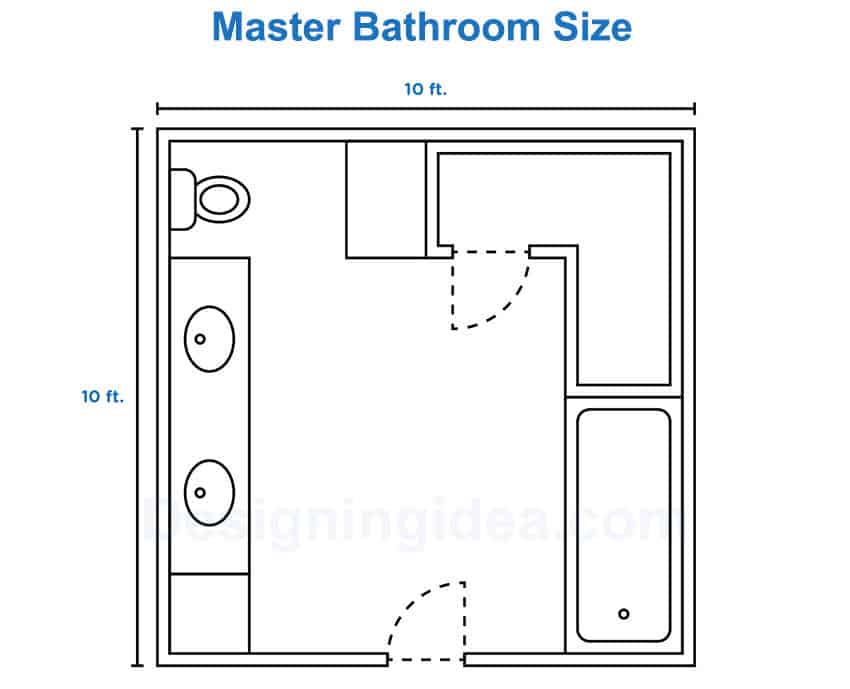
• Shower Enclosure: A walk-in shower measures 36 x 48 inches, on average. The size may vary according to the layout of the shower enclosure.
• Bathtub: The external dimensions of an average alcove bathtub are 60 x 32 inches.
• Double Vanity: The double vanity should allow enough elbow space for two people to use simultaneously at the sinks. This vanity set should be at least 60 inches wide. A narrow vanity has a depth of 18″, while the average is 20″ to 21″ deep.
• Toilets: There should be at least 15′ on either side of the toilet from the wall or vanity and 24″ directly in front.
• Storage Space: A storage space for linens, towels, and other toiletries is always great and is highly customizable in size.
Half Bathroom Measurements
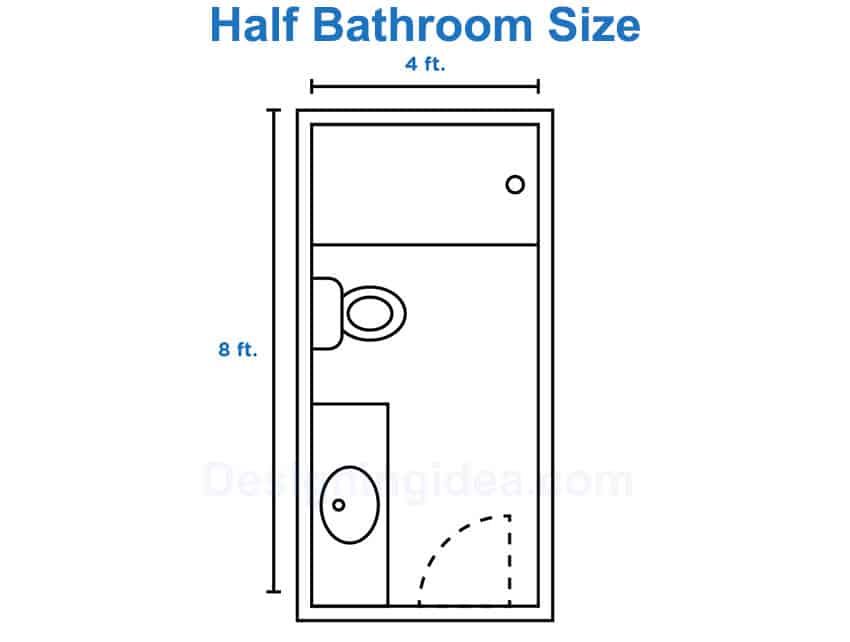
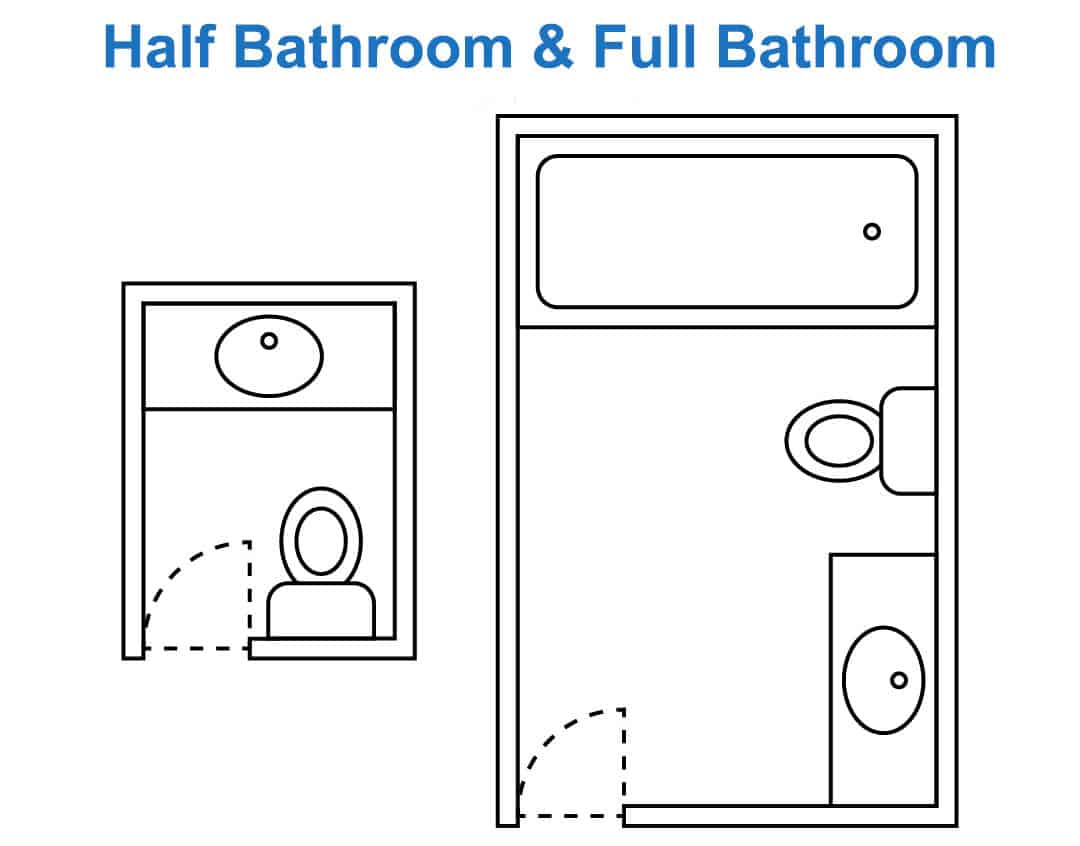
Minimum Half Bathroom Sizing
The minimum size for a half bathroom is 3 x 6 feet or 18 square feet. While admittedly small, a half bath of such dimensions will be able to fit a sink, toilet, and extra storage space with a little bit of creativity.
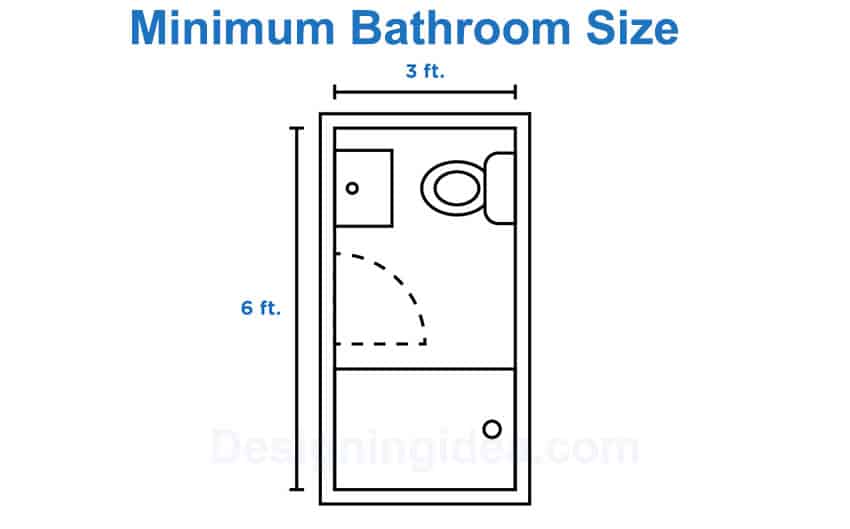
Small Bathroom Sizes
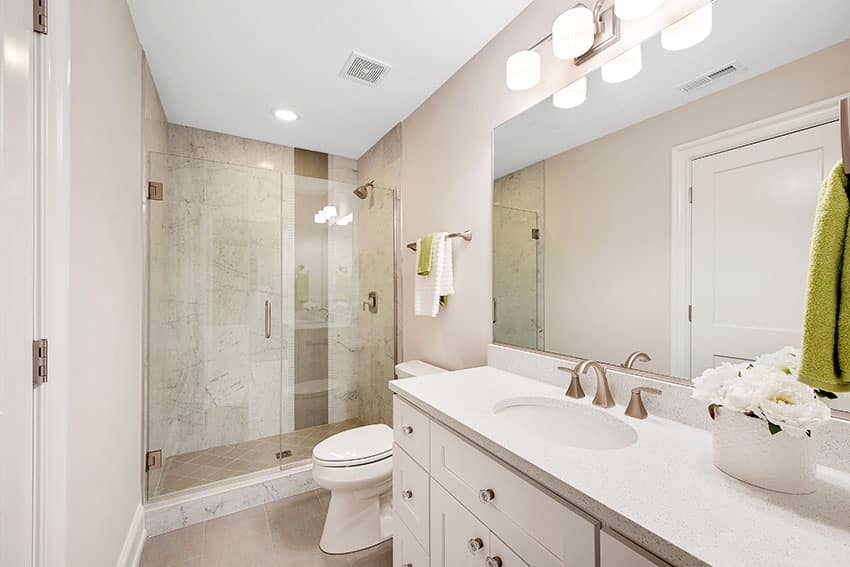
There are smaller bathroom designs than full and three-quarter designs: the half bath (powder room) and the quarter bath. A three-quarter bathroom is slightly smaller than a full bath. Unlike a full layout, three-quarter baths only have three plumbing fixtures – the sink, toilet, and shower.
Homes with two washrooms would likely have two full layouts, one full bath, and one three-quarter bath. The three-quarter bath is also a popular choice among residents of smaller apartments and homes and those who prefer to fit a large shower instead of a bathtub.
Finally, the smallest among the bathrooms is a quarter bath. Quarter baths have only one function. These designs typically only have a toilet, but having only a shower or a sink is theoretically possible, though unusual.
Quarter baths are rare and usually located outside the house, like a shower room by the pool, for example. Although small toilet spaces like this may be difficult to design, there are many creative solutions that you can easily do to make them usable.
Size Of ADA Bathrooms
Toilets should be accessible to everyone. That’s why the American Disabilities Act (ADA) has set guidelines for handicapped washrooms accessible to people with disabilities.
While you’d usually encounter these restrooms in business establishments and industrial facilities, integrating one into your home is worth considering. This can be particularly helpful if you have an aging or disabled loved one who visits or stays in your home.
Follow the guidelines when fitting ADA bathrooms. Make sure to have abundant space for moving. You must also install relatively low fixtures and sturdy grab bars.
An ADA compliant half bath with no bathing facilities starts at 38 square feet. compliance
Minimum ADA Room Size
ADA bathrooms do not have minimum size requirements, although they should have at least 60 inches in diameter for clearance.
Having this much space would allow wheelchairs to turn and move around. You also have to consider the space around each fixture.
- Minimum Toilet Area: 56 x 56 inches plus a 60 inches diameter of clearance
- Minimum Sink Area: 30 x 48 inches plus 48 inches clearance
- Minimum Bathtub Area: 60 x 30-inch clearance plus a special seat inside the bathtub.
- Minimum Shower Area:
- A 36 x 36-inch shower needs a 46 x 36-inch space for moving.
- A 30 x 60-inch shower needs a 36 x 60-inch space for moving.
- Minimum Door Size: at least 32 inches door width
Source: Access-board.gov Besides the ADA, make sure also to check the local building requirements in your area.
Do you have any questions, or did we miss important information in this guide to bathroom sizes? Please leave a comment to share your thoughts and experience with washroom layouts. Visit this page on best paint finish for bathrooms for more related content.

